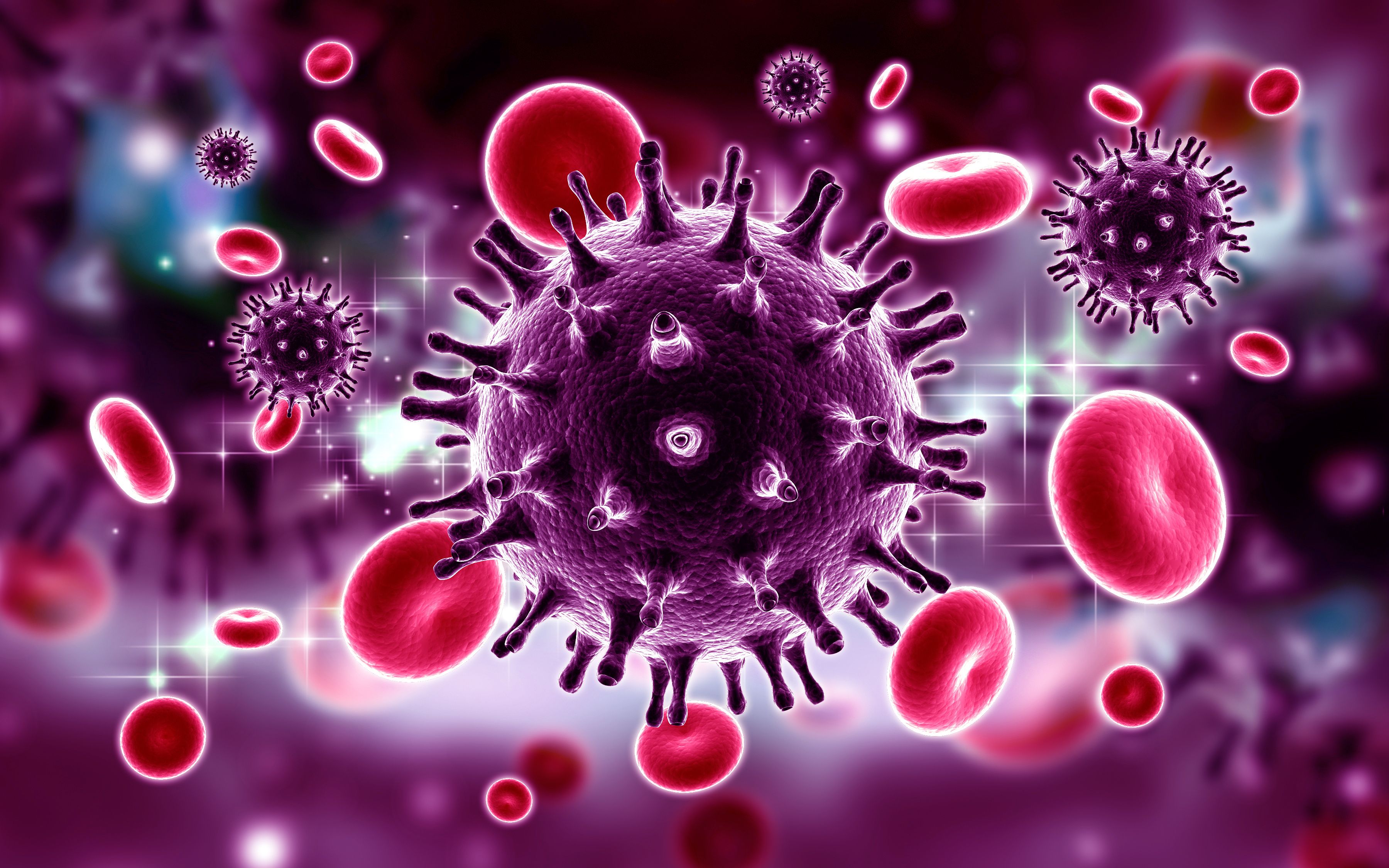- Center on Health Equity and Access
- Clinical
- Health Care Cost
- Health Care Delivery
- Insurance
- Policy
- Technology
- Value-Based Care
Challenges, Adaption Needed in Conducting Research for Homeless Youth Living With HIV
HIV testing, treatment, and intervention session delivery were among some areas that saw challenges in properly addressing youth experiencing homelessness during an HIV prevention trial.
Conducting a nurse-led community-based HIV prevention trial in youth experiencing homelessness (YEH) came with challenges in participant access, engagement, and retention, according to a study published in Public Health Nursing. Recommendations for how to address these challenges are needed for future studies on this population.
More than 500,000 people in the United States experienced homelessness as of 2022, with youth among the demographics disproportionally affected. People 25 years and younger made up 5% of those who experienced homelessness, although this could be an underestimation of the total of YEH. In Houston specifically, YEH make up 20% of all homeless individuals. The Come As You Are (CAYA) randomized trial was conducted to test HIV prevention strategies in YEH but encountered several challenges. This study aimed to review these challenges and the lessons learned in conducting HIV testing and treatment, interventions, and retention of participants.
HIV Virus | Image credit: RAJCREATIONZS - stock.adobe.com

CAYA was a randomized wait-list controlled trial that was spearheaded by nurses and based in the community. The intervention's goal was to prevent HIV in YEH. There were 6 sessions that were conducted face-to-face with a nurse, as well as a behavioral assessment, feedback app, and booster calls. The face-to-face sessions aimed to share strategies for decision-making around mental health, substance use, and housing needs. Eligibility assessments for preexposure prophylaxis and a risk profile for HIV were also conducted, and HIV prevention goals and strategies for overcoming barriers were set. The control group received usual care, including mental health counseling and basic health assessments; this group also group took baseline and follow-up surveys and was tested for HIV and sexually transmitted infections (STIs). There were 450 participants recruited between November 2019 and May 2023.
The study was first affected by the COVID-19 pandemic, when face-to-face sessions became improbable due to lockdowns. Intervention session delivery was changed to address this and adjustments were made to interacting with and assisting community partners. Various ways to recruit and retain participants were also tried during this time.
The researchers found that a consistent location for sessions worked best; however, this often shifted due to rules after lockdown constantly shifting. Face-to-face sessions instead were conducted over video or the phone for those who had COVID-like symptoms and for those who preferred these methods over face-to-face interaction. However, these calls featured YEH who were less focused during the meetings. Therefore, the content from multiple sessions was combined to address specific needs to keep the participants' focus. Participants also had difficulty with phone sessions due to study-issued phones being broken or stolen, so the researchers pivoted to social media.
Participants were asked to undergo HIV testing at baseline and 3, 6, and 12 months. A residential shelter was opened to provide both HIV and STI testing; however, this was closed during the pandemic. The researchers then sent at-home test kits for STIs to some participants, but these were unsuccessful due to YEH being apprehensive about testing and due lack of permanent addresses. Study staff–assisted testing continued to be used to help participants with mailing kits. Bringing YEH to the office of the researchers or offering tests at youth-serving organizations were most helpful.
The researchers implemented immediate compensation in order to recruit and retain all participants, such as financial compensation, gift cards, or practical items. Flexible scheduling was also used to encourage participation, and social media was used to contact participants about follow-ups. Virtual recruitment started in October 2020, with 12% of the study participants being virtually recruited by the end of the study.
The researchers concluded that consideration and adaptation need to be taken into account when evaluating YEH living with HIV, especially when it came to testing, treatments, interventions, and addressing recruitment and retention. Off-site health care clinics, in-person testing options, flexibility in interventions, and immediate compensation were found to best help YEH in participating in studies for HIV prevention.
Reference
Santa Maria DM, Fernandez-Sanchez H, Nyamathi A, et al. Lessons learned from conducting a community-based, nurse-led HIV prevention trial with youth experiencing homelessness: pivots and pitfalls. Public Health Nurs. Published online April 4, 2024. doi:10.1111/phn.13314
Examining Low-Value Cancer Care Trends Amidst the COVID-19 Pandemic
April 25th 2024On this episode of Managed Care Cast, we're talking with the authors of a study published in the April 2024 issue of The American Journal of Managed Care® about their findings on the rates of low-value cancer care services throughout the COVID-19 pandemic.
Listen
Health Equity and Access Weekly Roundup: April 27, 2024
April 27th 2024Racial disparities in end-of-life care, the role of wellness and faith in minority health, award-winning research on health disparities, societal factors impacting cardiometabolic health, and rising mental health challenges among US youth are all covered this week in the Center on Health Equity and Access.
Read More
Navigating Health Literacy, Social Determinants, and Discrimination in National Health Plans
February 13th 2024On this episode of Managed Care Cast, we're talking with the authors of a study published in the February 2024 issue of The American Journal of Managed Care® about their findings on how health plans can screen for health literacy, social determinants of health, and perceived health care discrimination.
Listen
Kaiser Permanente was hit by a data breach in mid-April, impacting 13.4 million health plan members; GlaxoSmithKline (GSK) sued Pfizer and BioNTech for allegedly infringing on its messenger RNA technology patents in the companies’ COVID-19 vaccines; the CDC announced the first-known HIV cases transmitted via cosmetic injections.
Read More
